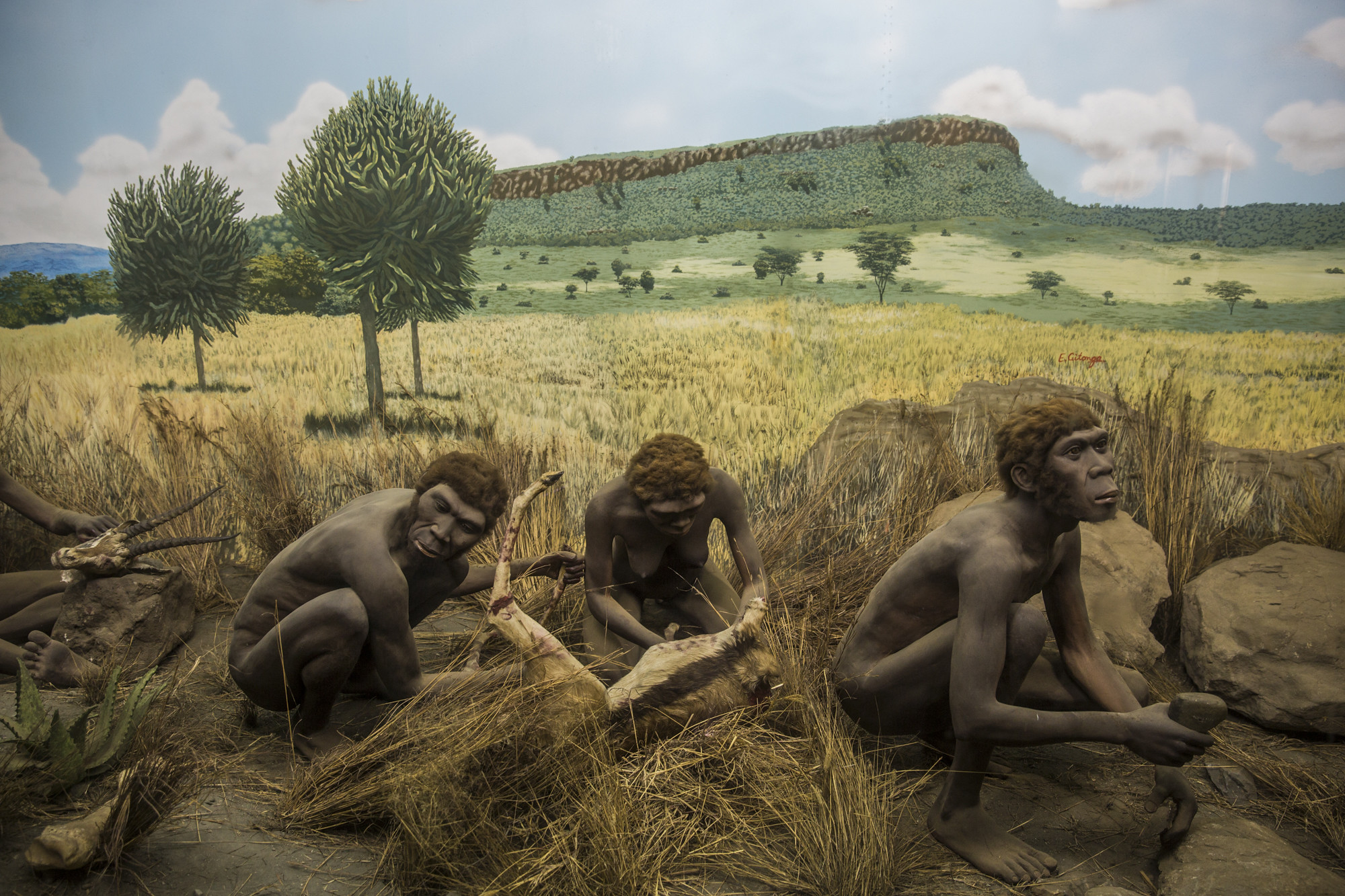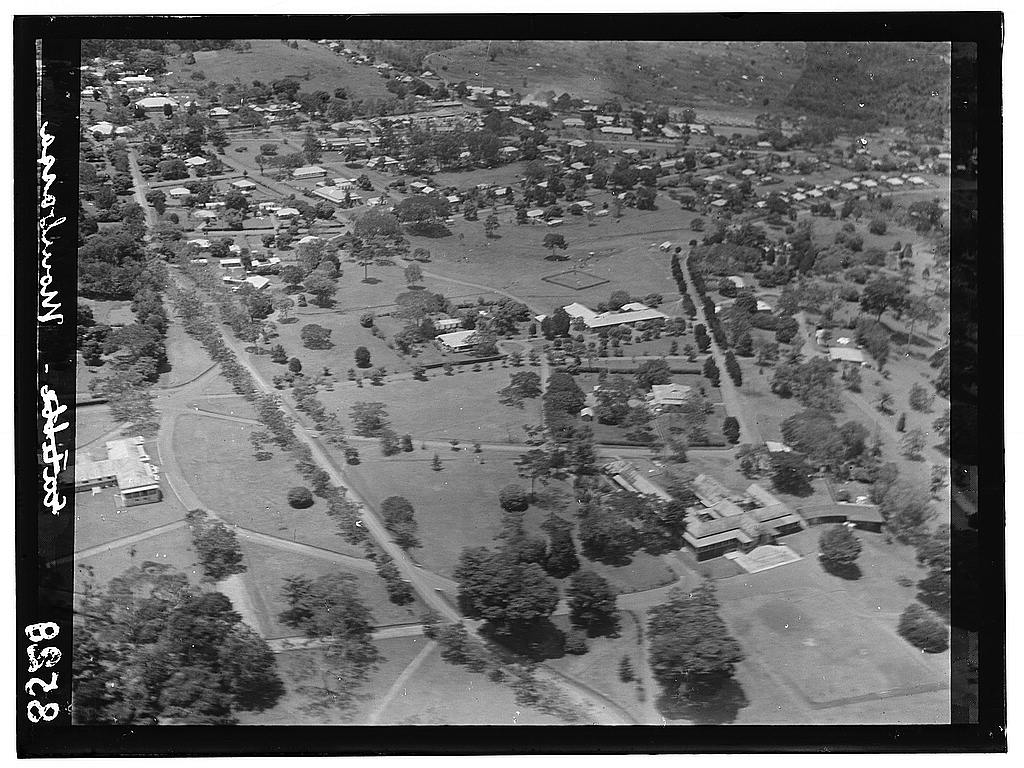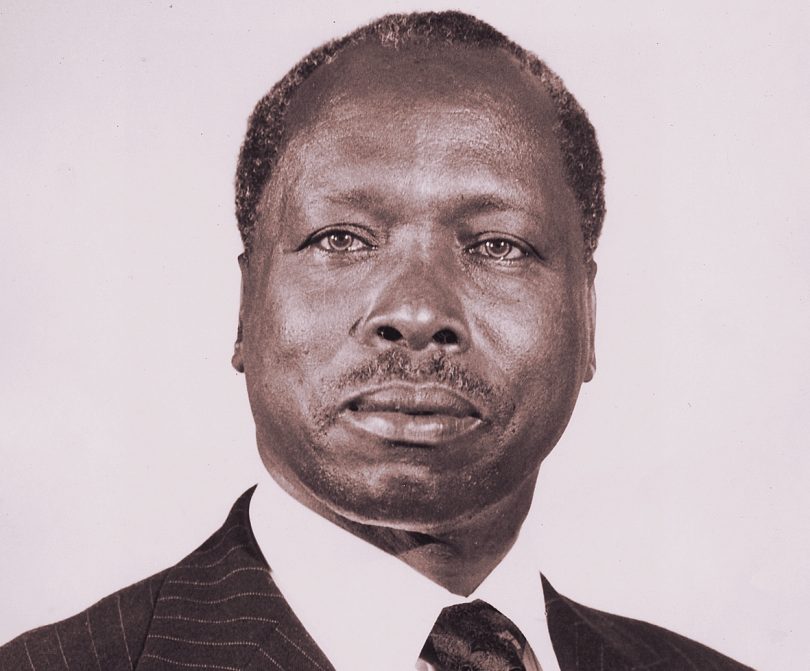Kenya’s rich history stretches back millions of years, with the land bearing witness to the earliest chapters of human evolution. Archaeological discoveries have unearthed evidence of our ancient ancestors, including Homo habilis and Homo erectus, painting a picture of a region that has long been a cradle of humanity.
As time marched on, diverse groups of people made their way to this fertile land. Around 2000 BCE, Cushitic-speaking people arrived from the north, followed by Nilotic and Bantu-speaking groups over the next few millennia. These migrations laid the foundation for the rich tapestry of cultures that would come to define Kenya.
The coastal regions of Kenya saw significant development between the 8th and 15th centuries as Arab and Persian traders established settlements along the shore. This period saw the birth of Swahili culture, a unique blend of African and Middle Eastern influences that would leave an indelible mark on the region’s identity.



